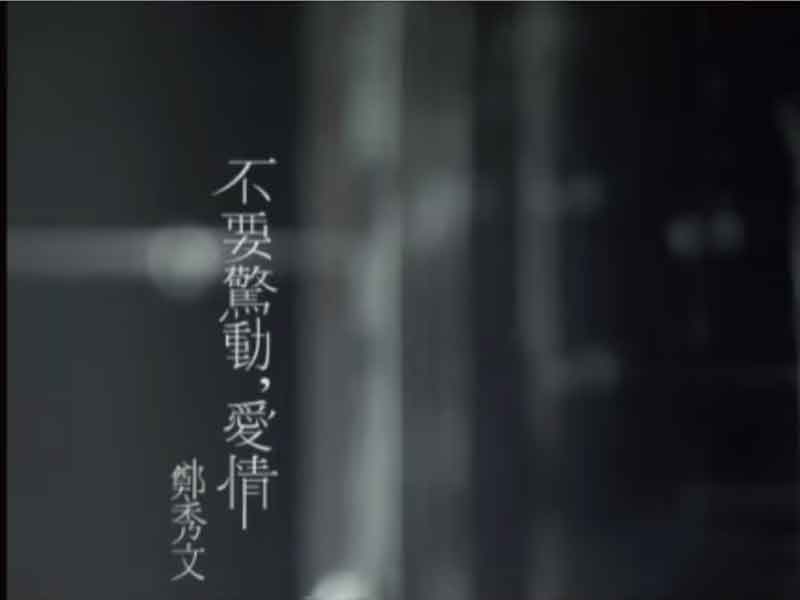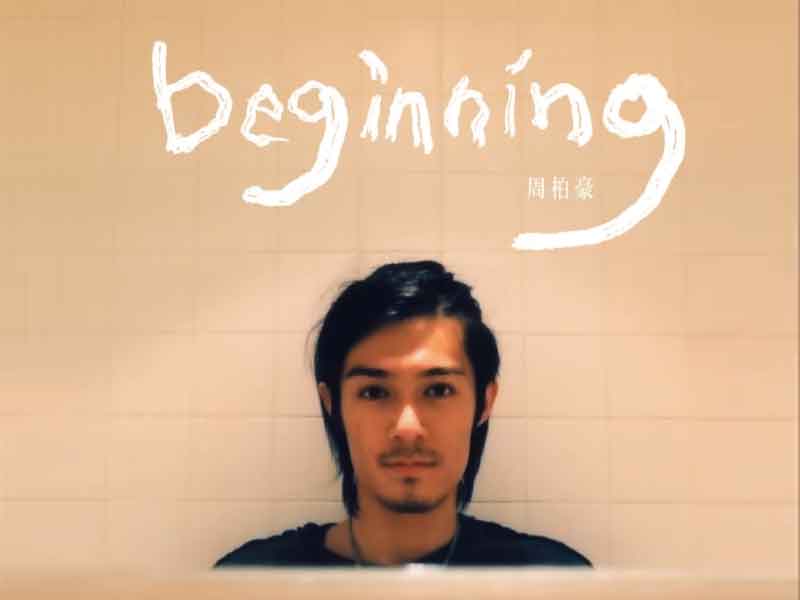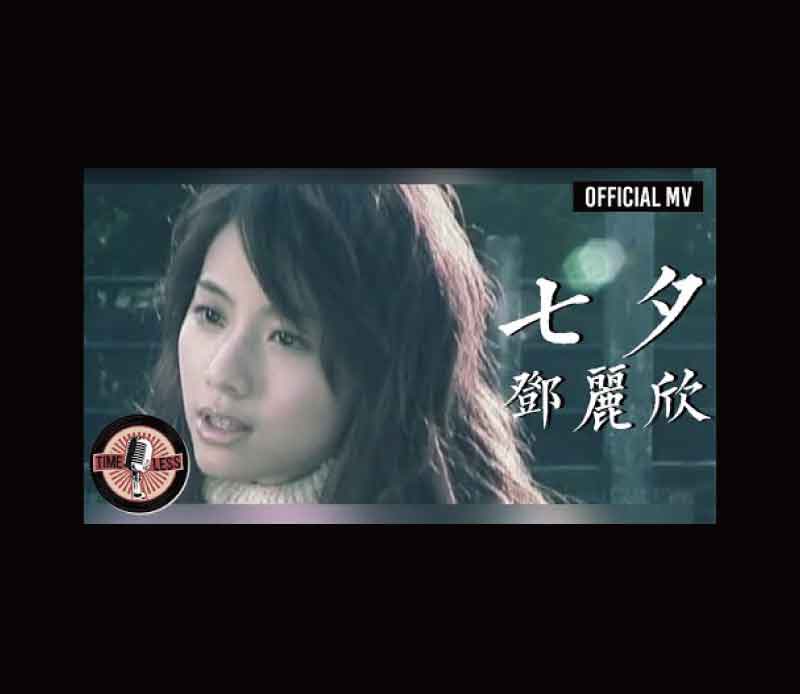The Original Intent of the Melody: Composing a Pure Music Box Piece for His Daughter
Musician - Au Yeung Yip Chun (Hong Kong)
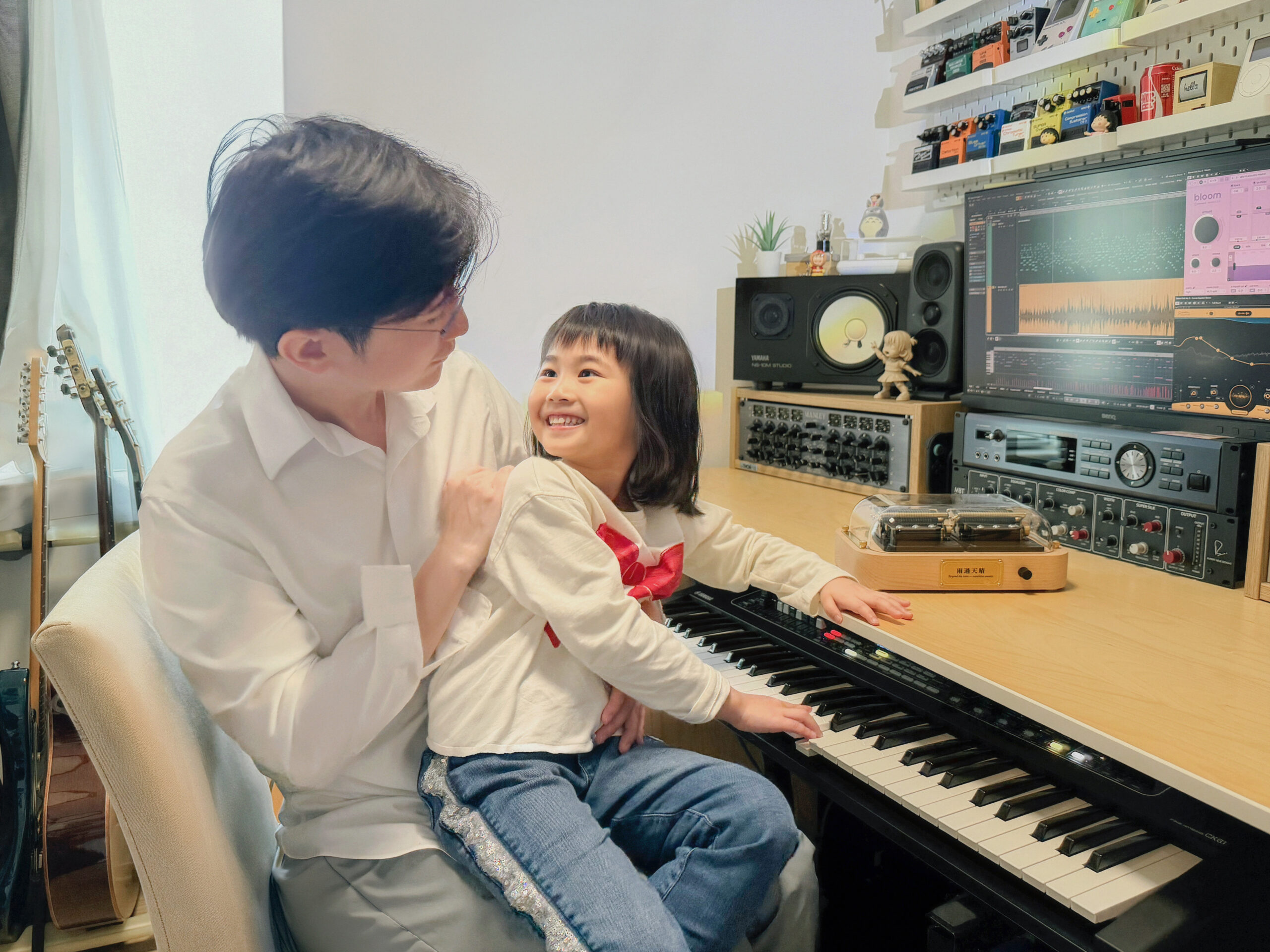
Flowing Melodies: From Pop Music to a Music Box for His Daughter
Behind Hong Kong’s pop music scene, the name Au Yeung Yip Chun is closely tied to a string of memorable melodies. As an experienced music producer, composer, and arranger, he has crafted hit songs for numerous artists. Among his well-known works are Sammi Cheng’s Don’t Disturb Love, Show Lo’s Ai Bu Dan Xing, Pakho Chau’s Six Days, and Stephy Tang’s Qi Xi.


Taiwanese idol drama Hi My Sweetheart theme song: “Ai Bu Dan Xing” by Show Lo, composed by Mr. Au Yeung.
Too long to read? We’ve prepared a podcast version so you can listen and discover the story of how Au Yeung Yip Chun composed music for his daughter using a music box.
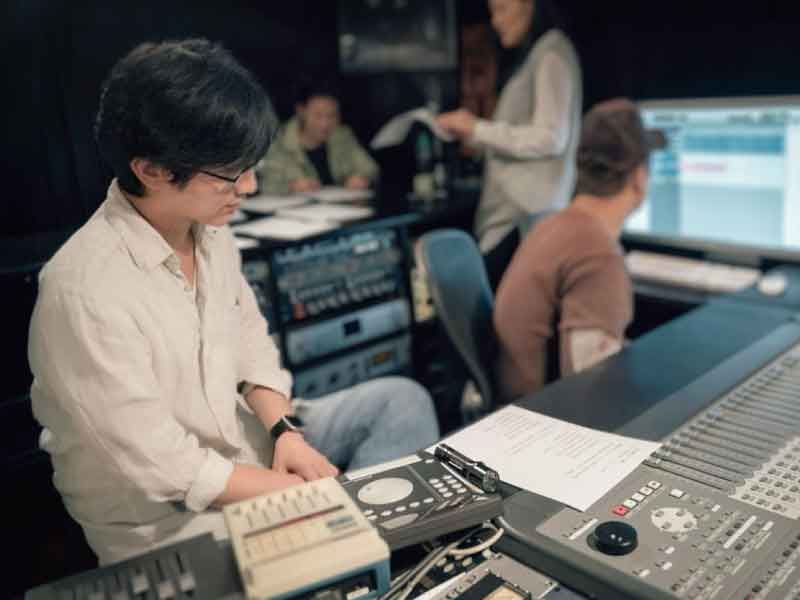
He’s accustomed to crafting the sounds of pop amid the precise equipment and interwoven tracks of the recording studio. Yet in recent years, what moves him most deeply isn’t the flawless tones of synthesizers, but a clear, warm sound from his childhood—a music box.
Lately, his creative inspiration has taken on a new source. This muse has nothing to do with market trends; it comes from the most devoted little listener at home—his five-year-old daughter.
Composing for His Daughter: Rekindling a Childhood Dream
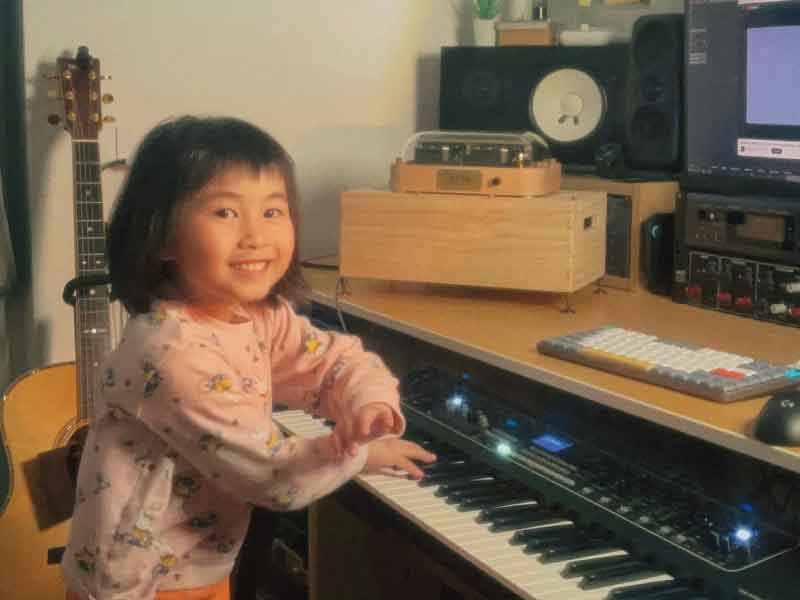

Au Yeung Yip Chun’s daughter, a little music lover, often hums along to his unfinished songs while he works.
Au Yeung Yip Chun’s daughter, now five years old, is a little music enthusiast and budding heir to his musical world. He smiles as he shares that she often hums along to his unfinished songs, and that innocent enthusiasm becomes the most precious echo in the recording studio. One day, a gentle thought took root in his heart: “I want to compose some songs for her, using the purest, most authentic music box sounds to accompany her singing.”
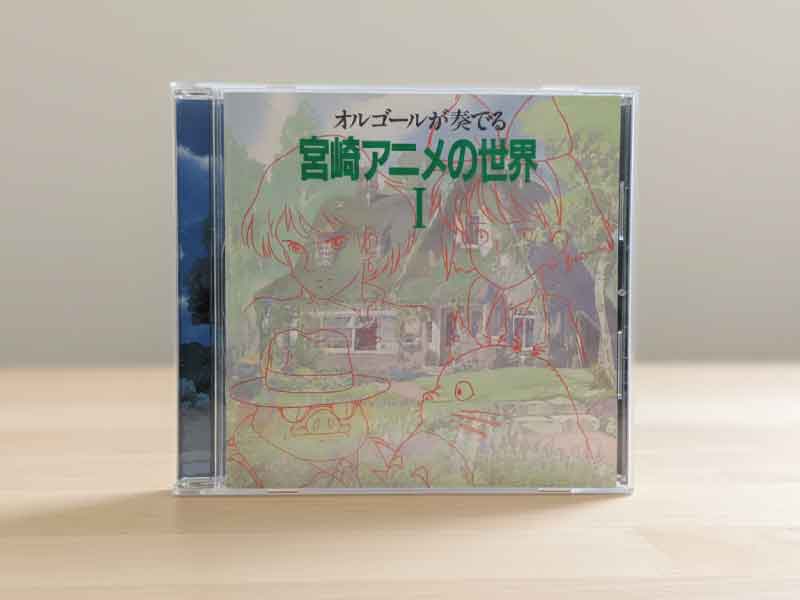
This thought seemed to unlock a box of memories. He recalled his childhood fascination with the clear, delicate sounds of music boxes, which led him to collect them and even buy numerous Japanese music box albums—especially the soundtracks from Studio Ghibli films. Yet, it wasn’t until he entered the music industry that he realized many of the sparkling notes on those CDs were actually produced by synthesizers, not real music boxes.
This small disappointment, however, planted a dream in his heart: “I want to hear, with my own ears, the melodies I’ve composed played by a real music box.”
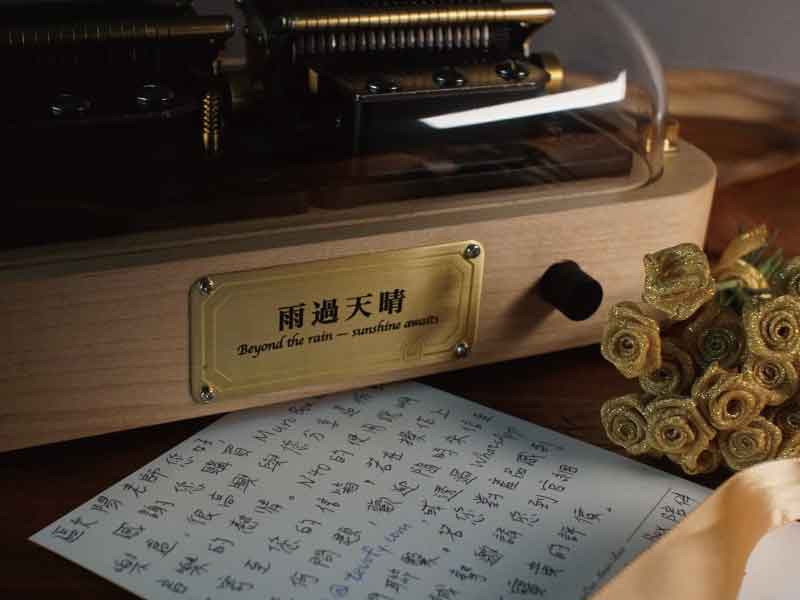
In the past, he had even tried producing music box versions as CD gifts in collaboration with record labels, sparing no expense. However, traditional music boxes were not only costly but also extremely limited in range and track length, making it nearly impossible to convey the full emotion of a pop song. It wasn’t until he thought of his daughter that he began searching online for that “impossible possibility”: Is there a music box in the world that can play anything he wants?
When he discovered the Muro Box online—a music box capable of reading MIDI signals—his instincts as an experienced producer were immediately triggered. He shared, “After buying so many musical instruments over the years, you can tell at a glance whether a product comes from a team that truly understands its users.” The Muro Box’s complete ecosystem, its APP and Bluetooth support, and the professional 5-pin MIDI interface—every detail made him realize this was a meticulously well-thought-out product. It confirmed to him that the Muro Box was not just a toy, but a true musical instrument.
The Moment a Dream Comes True: “Is This Really My Song?”
This was recorded by Mr. Au Yeung using the double-track technique: he recorded the same part twice and panned each take to the left and right channels. Because the timing differs slightly between takes, it creates a fuller, more expansive sound. Additional post-production effects, such as noise reduction, reverb, and chorus, were applied to achieve the final audio quality.
Au Yeung imported the MIDI file of his well-known track, “Don’t Disturb Love”, into the Muro Box. When he pressed play, the familiar melody was brought to life again through the mechanical strikes of the music box. For a musician who spends his days immersed in digital sound sources, the resonance created by a real mechanical instrument brought an indescribable sense of emotion.
The warmest moment came after he composed “You and Me in the Classroom” (https://www.youtube.com/watch?v=rqFZFP9c-Q8) for his daughter. As he played this brand-new song, created just for her, on the Muro Box, her eyes lit up with wonder and she joyfully asked, “How did you do that? Is this my song?”
In that instant, the Muro Box connected not just professional artistry, but also a priceless, tender conversation between father and daughter.
Human Warmth in a Professional Recording Studio
Bringing the Muro Box into a professional recording studio, Au Yeung Yip Chun demonstrated the meticulousness of a seasoned musician. He employed top-tier equipment—Manley VOXBOX preamp, SONY C100 high-resolution microphones, and the legendary Bricasti M7 reverb processor—to capture the Muro Box’s most delicate tones.
He candidly explained that, as a mechanical instrument, the Muro Box has two key considerations during recording: first, the physical delay from the MIDI signal or key press to the music box producing sound; second, the mechanical gear noise generated by the music box motor.
Regarding the physical delay, he shared, “In practical use, there is a slight latency. I haven’t measured the exact data, but it’s very minimal—even when playing live with other instruments, it’s not an issue. Moreover, it can be easily adjusted in a DAW.”
For the mechanical noise, his perspective was different. “Since the Muro Box is a mechanical instrument, the gear noise is inevitable. To reduce it during recording, you can (1) lower the motor speed, (2) adjust microphone placement appropriately, and (3) use noise reduction plugins in post-production.
In fact, in today’s era of electronic instruments and AI-generated music, this mechanical sound adds a unique warmth—similar in spirit to how lofi music producers deliberately incorporate tape hiss or noise to create a cozy, human feel.”
The Muro Box (midi-controlled) programmable music box can also connect directly to a MIDI keyboard, transforming it into an instrument for real-time performance. This footage shows Au Yeung casually testing and playing it at home.
When asked for arranging advice for other Muro Box users, he suggested listening widely and referencing the works of other creators. Even compositions written for 72-note or 50-note music boxes can provide excellent inspiration. He also recommended practicing arrangements on a synthesizer first or creating an initial draft, which helps better balance melody and timbre.
“Basic music theory, chords, and how to write counter-melodies are also very important.” This deep understanding of arrangement structure reflects his professional background under Hong Kong jazz arranging master Ted Lo. It’s an approach that applies rigorous arranging thinking to any instrument—even to a music box.
From Personal to Healing: The Extension of Melody
Here, Mr. Au Yeung performs the soundtrack he composed for the “Melancholy Little Prince” website using the Muro Box-N40 Standard music box. The site aims to provide young people with information and support regarding depression through beautiful illustrations and music: https://depression.hku.hk/
Au Yeung Yip Chun’s musical care extends far beyond the pop music scene. Years ago, as a producer and composer, he created the theme music for a University of Hong Kong website called The Melancholy Little Prince, which aims to provide young people with information and support on depression through beautiful illustrations and music.
Today, he revisited this healing melody using the Muro Box. “I feel the tone of the Muro Box is truly suited for this kind of lyrical music,” he said. Its pure, non-intrusive sound seems to touch the softest parts of the heart, perfectly aligning with the website’s mission to soothe and comfort, contributing a gentle force toward mental health awareness.
From a professional pop music creator, to a devoted father, and to a socially conscious artist, Au Yeung has found the perfect intersection of multiple roles in the Muro Box. It not only opens new possibilities for his musical creations, but also fulfills a childhood dream and composes a unique background score for the love he shares with his daughter.
From Pure Melody to Infinite Possibilities
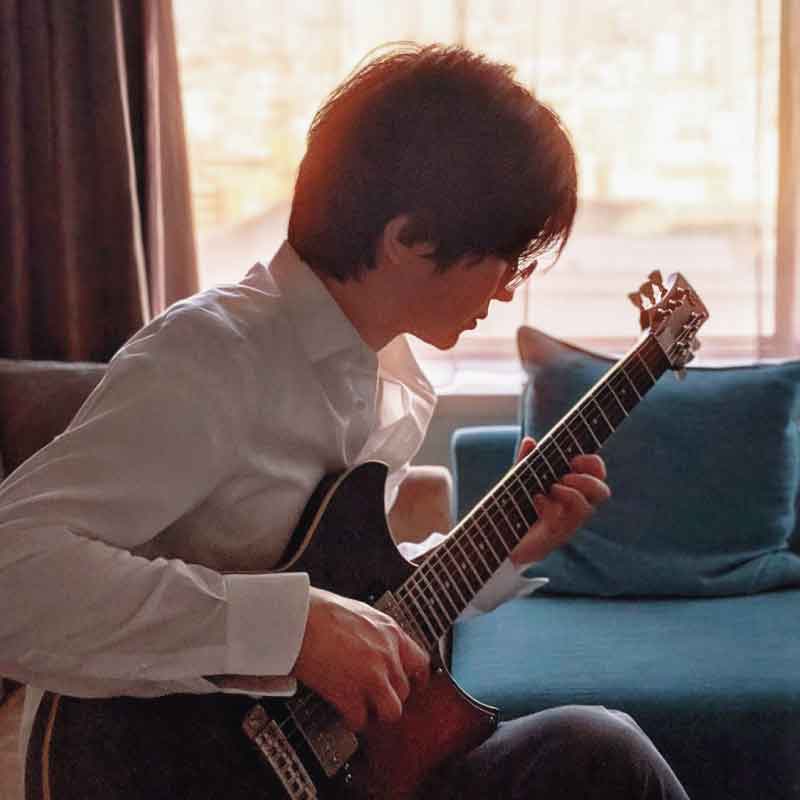
Looking ahead, Au Yeung Yip Chun hopes to further explore the full potential of the Muro Box, using it to perform more beautiful melodies—both his own and those of other composers—and to experiment with new sonic possibilities. When asked to sum up Muro Box’s creative appeal in one sentence, he paused thoughtfully and said, “It brings melodies back to their original purity and emotional impact.”
You can follow his ongoing journey on Instagram (@pasu.1005) to see how this innovative music box continues to inspire him to create moving stories of melody and healing.
